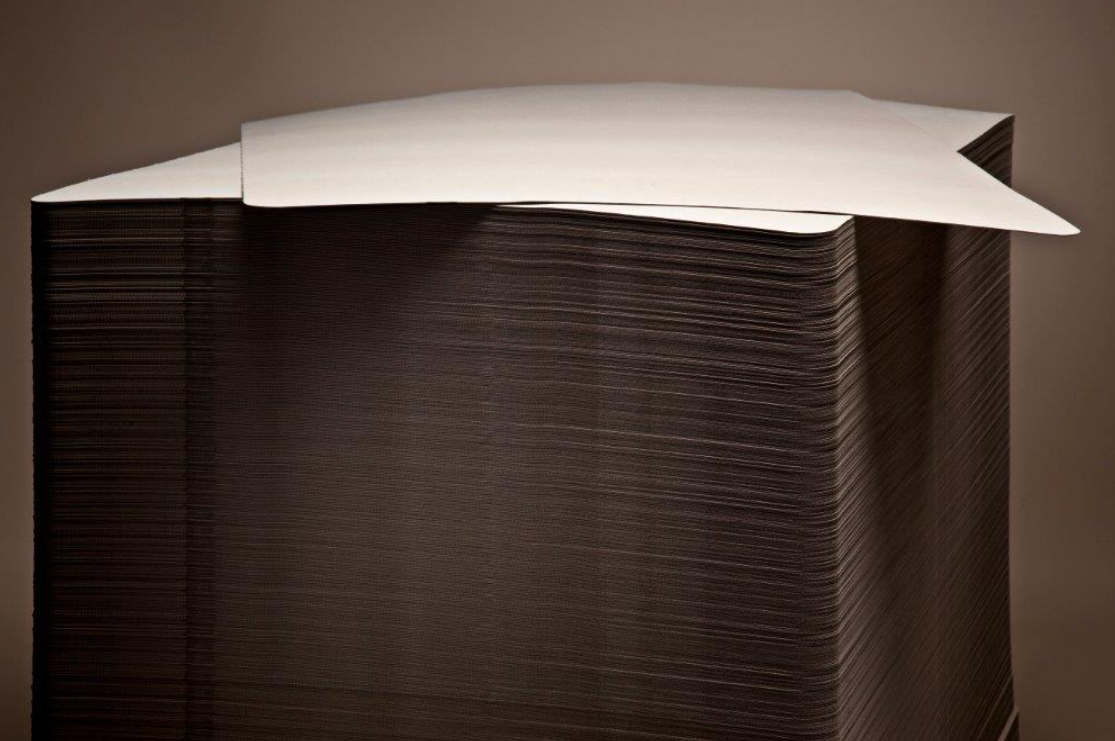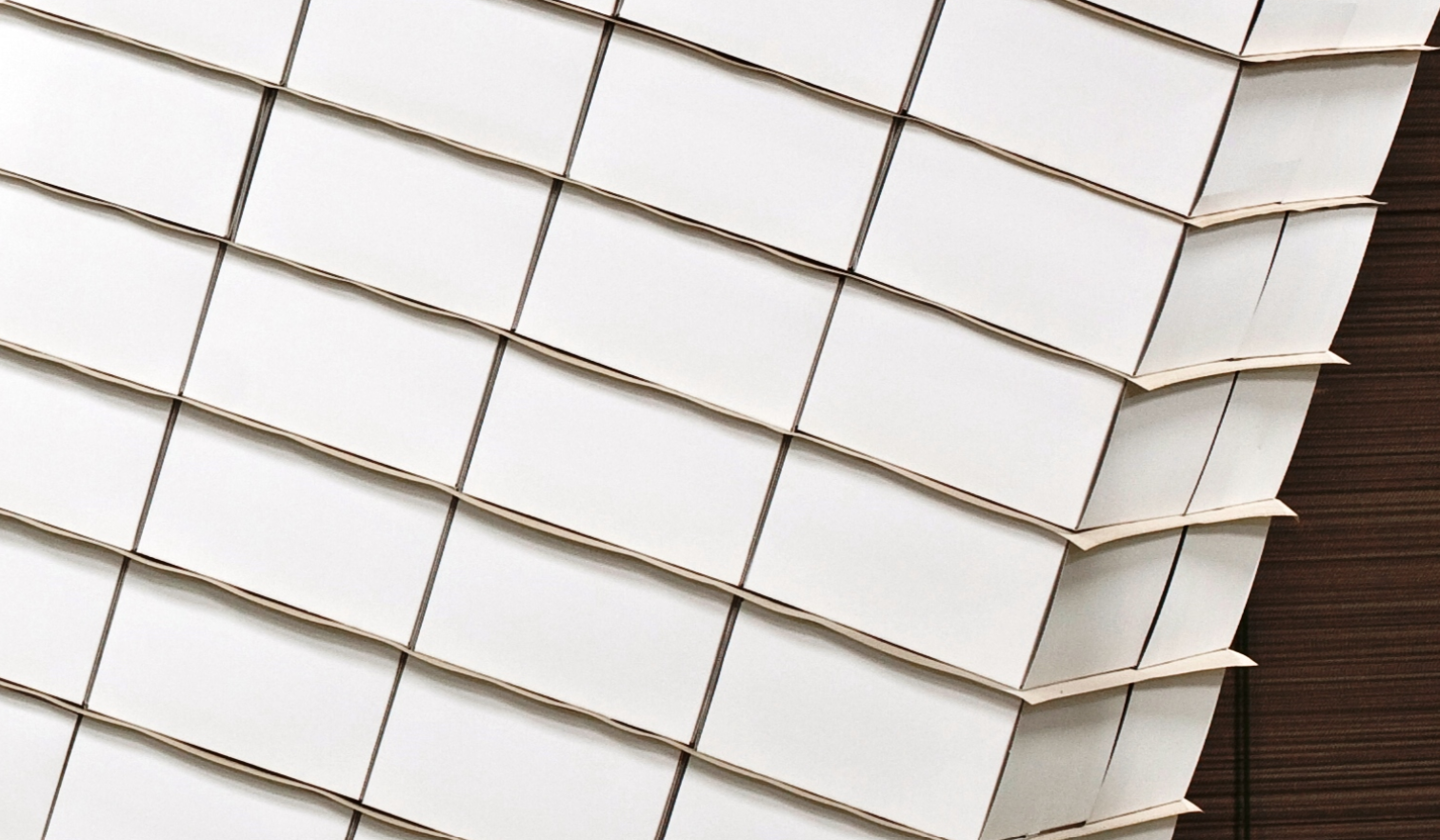Like any good cost hunter, you’re wondering what you could use a pallet divider sheet for?
Perhaps you’ve already imagined that your pallets might well travel without one!

Then let me explain why, more than a palletising accessory, it’s a real tool that contributes to the efficiency of your packaging:
1 – FIRSTLY, THE PALLET SPACER PROTECTS THE PRODUCTS:
► Layer placed at the foot of the pallet:
The cardboard or thick paper sheet, prevents pollution and damage associated with the use of a pallet. The cardboard format acts as a shock absorber and prevents perforations. It protects against marks created by wooden boards or the openwork patterns of plastic pallets. Finally, the pallet foot plate, prevents cardboard from sagging between the gaps in the boards.
►Interlayerplaced between layers:
The pallet spacer separates products and prevents any pollution from faulty packaging. The cardboard spacer, also prevents rubbing and deterioration of the products between them.
►Interleaf placed on top of the pallet:
The interlayers must also meet your quality and hygiene standards: ISO 22000, HACCP. They must comply with specific regulations: FDA, EC 1935/2004, EC 2023/2006 and meet the environmental requirements deployed within your company: eco-design, FSC …
2 – SECONDLY, THE SPACER PLATE STABILISES THE LOADS.
The pallet spacer ensures cohesion between the different units of palletised products. It also stiffens the load and helps to distribute the weight of palletised loads more evenly.
In the case of columnar palletisation, the pallet insert ensures the stability and cohesion of the layers, which makes it possible to increase the height of the palletised load.
Depending on the nature of the layer pad, it provides a flat surface that enables irregularly shaped or shapeless products to be stacked.
Thanks to a palletising tray with an anti-slip surface, you can remove the packaging or shipping cartons and palletise your products directly into their ready-to-sell packaging.

3 – WHAT MATERIAL, WEIGHT AND DIMENSIONS FOR YOUR PALLET DIVIDERS?
You have a wide choice of materials: paper layer pads , solid board sheets, single- or double-flute corrugated cardboard, honeycomb cardboard, plastic film, plastic layer pads, wooden sheets, etc. And for each option, you will need to define the optimum weight to avoid shearing and ensure the necessary rigidity of your pallet. Finally, should the pallet insert be the same size as, smaller than or larger than the surface area occupied by the products? For example, for a Europe pallet: 800X1200mm, choose a smaller format 780X1180mm, which will prevent the format from being set back from the products for better presentation.
4 – WHERE SHOULD THE PALLET INSERT BE POSITIONED?
At the foot of the pallet (bottom), to protect the products against rising damp from the wooden pallet and its minor and major defects. Between layers, to stabilise the column or cross load and provide cohesion between layers. As a pallet cover, to protect against stacking and dust, or all 3!
5 – HOW TO MAKE A SUCCESS OF YOUR AUTOMATIC PALLET INTERLAYER INSTALLATION PROJECT
First of all, you need to check that the palletiser is properly equipped to apply layer pads . You also need to make sure that you have a warehouse and a gripping system capable of handling pallet dividers.
Do your teams know all the subtleties involved in optimising automatic pallet layer insertion? Do you have the internal resources to deal with these issues, or do you need expert advice in this area?
The CGP Coating Innovation teams can help you make the right choice!
